Recently, during the welcoming ceremony for US President Donald Trump in the United Arab Emirates (UAE) on May 15, the Al-Ayyala dance performance and the unique "hair dance" by the girls made a strong impression on global social networks.
This is a living testament to the vitality and continuity of traditional UAE culture in the era of integration.
Video UAE welcomes President Donald Trump with unique 'hair dance'
Al-Ayyala Dance Art: Warrior Spirit in Music
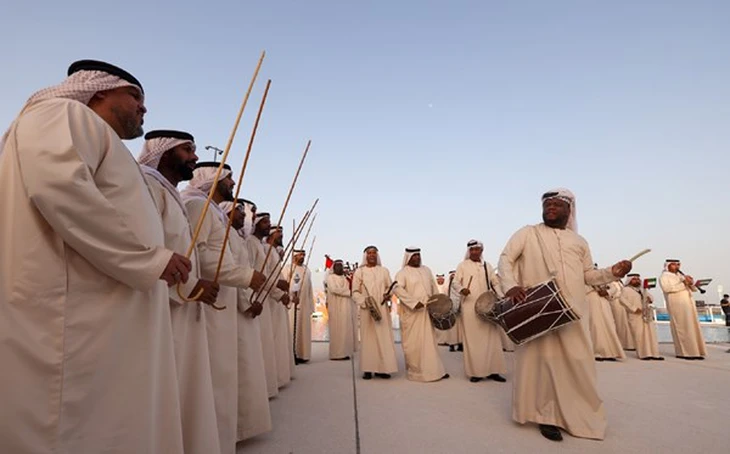
Al-Ayyala Dance - Photo: ALETIHAD NEWSPAPER
According to the UNESCO website, Al-Ayyala is the most popular and typical performing art form in the UAE, often appearing on important occasions such as weddings, national holidays or welcoming foreign heads of state.
Typically, the dance is performed by groups of men or boys standing in two rows facing each other. They hold bamboo sticks or thin bamboo branches representing swords, spears or arrows, and move in unison to the beat of drums to simulate a battle scene, with full expressions of fighting, struggling and victory.
In the UAE, where women are not required to cover their hair, women and girls also participate in this dance. While dancing, they wear traditional costumes, turn around and toss their long hair to the sides to the rhythm of the drums, creating an eye-catching, unique scene with a strong Middle Eastern imprint.
In addition to the main dance group, there are also drummers, tambourine players (a musical instrument with a sound similar to a tambourine), and reciters of Nabati poetry - a popular genre of folk poetry in the Arabian Peninsula with themes praising courage, honor, and chivalry.
Another group, called Yaweela (meaning “movement” in the local language), moves in a circle around the dance group, swinging sticks to the beat of drums as they walk.
Recognized by UNESCO as an intangible cultural heritage of humanity in 2014, Al-Ayyala dance is now widely practiced not only in the UAE but also in northwestern Oman. Some scholars believe that Al-Ayyala is a variation of the Yowlah dance, although the two are quite similar.
Khusmak - touching noses to greet each other
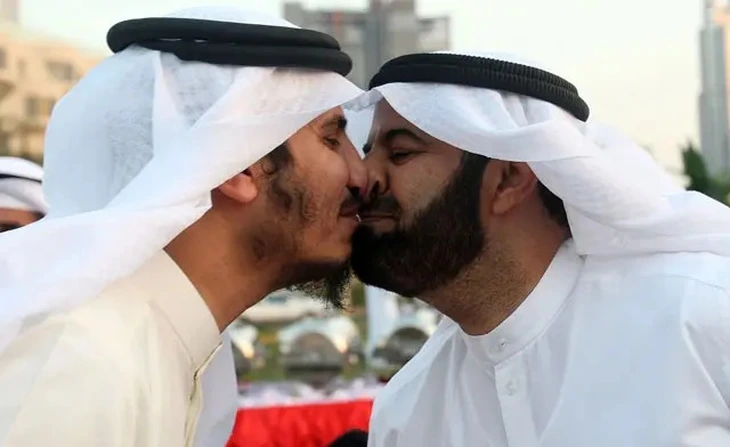
Two Arab men in traditional dress touch noses to greet each other - Photo: AL-ARABIYA
Instead of shaking hands, hugging or kissing on the cheek, men in some Gulf countries and Yemen have a “unique” way of greeting each other - touching noses - called Khusmak.
According to Al Arabiya newspaper, it is unclear when this form of greeting appeared, and whether this greeting originated in the Gulf region or was imported from somewhere else. However, researchers assert that this greeting has existed for at least 15 centuries until now.
In the Arab world, the nose is a symbol of pride and honor. Therefore, touching noses represents equality, mutual respect and a close bond between two people.
This ritual is not only popular in the UAE but also appears in countries such as Yemen, India, Malaysia, Mongolia and in the culture of the Eskimos in the Arctic - with the same meaning of showing closeness and respect.
Islamic culture through UAE people's clothing
As a Muslim country, UAE's clothing originates from the rules and regulations of this religion, while adapting to the hot climate typical of the Middle East.
Meanwhile, men wear Kandura - a long robe, usually white, with a white Gutra on their head or a red-white, black-white patterned turban, secured with a black cloth strap called Agal.
Women in the UAE typically wear an Abaya - a long black robe that covers most of the body except the feet, hands and face. Some families may require the woman in the house to wear an Abaya along with a Niqab and Gafaaz, which covers both hands and face.
However, unlike other Middle Eastern countries, the UAE remains more open in not requiring women and girls to cover their hair. This flexibility partly reflects the UAE's policy of balancing tradition and modernity in many areas, including culture,education and foreign affairs.
Despite its growing international exposure, UAE culture remains a unique treasure trove that remains largely a mystery to much of the world.
Source: https://tuoitre.vn/mua-hat-toc-al-ayyala-don-tong-thong-trump-la-di-san-van-hoa-phi-vat-the-noi-bat-o-uae-20250516162129298.htm





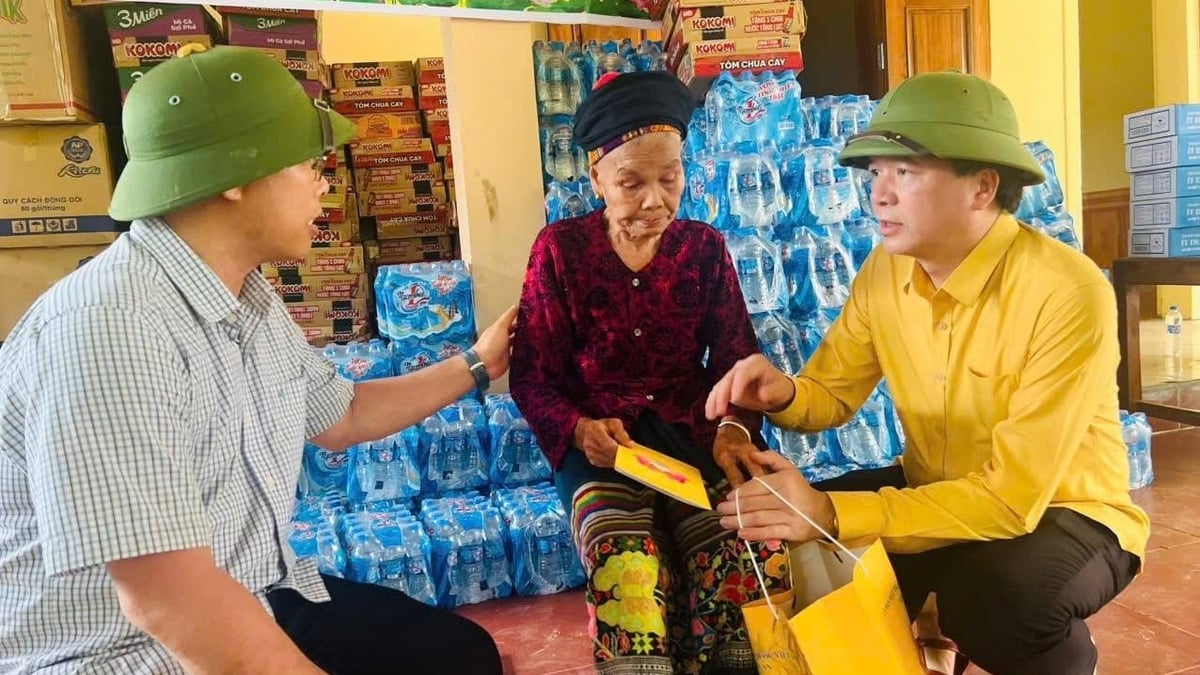




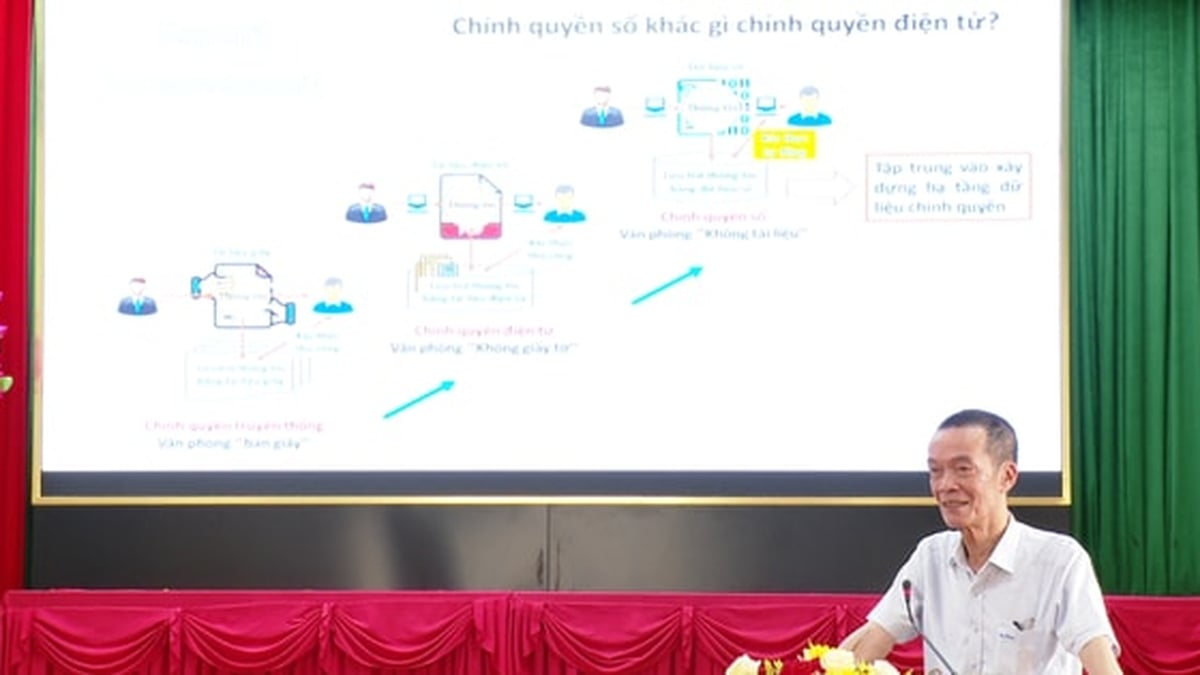
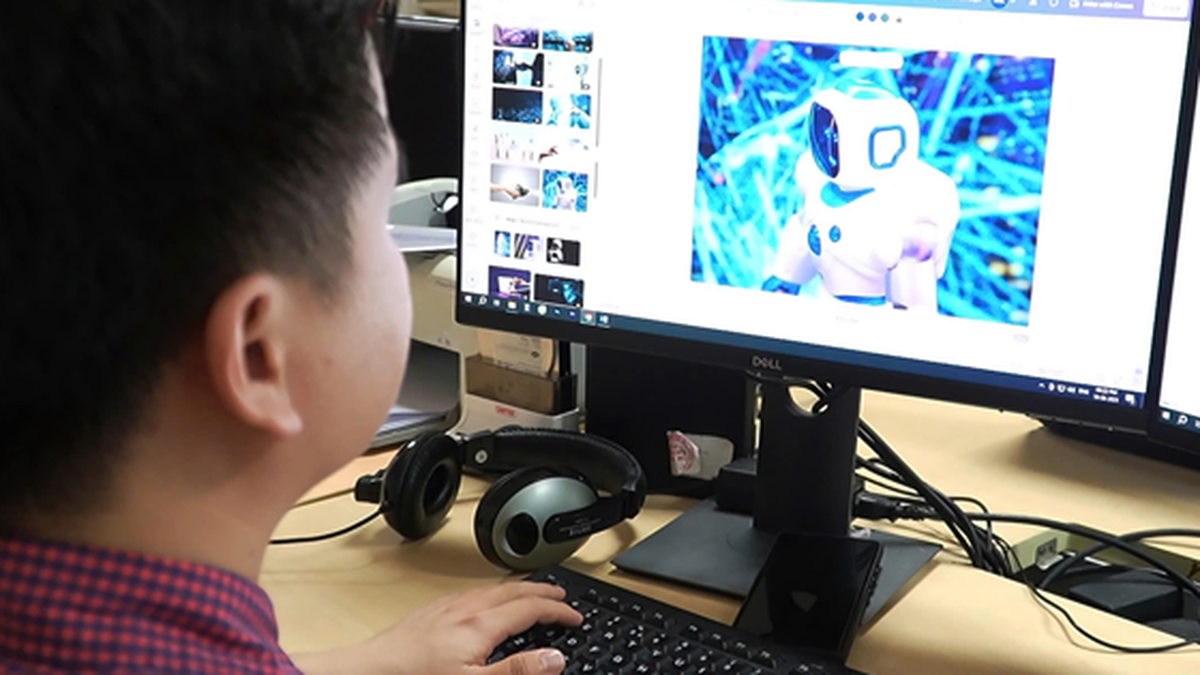










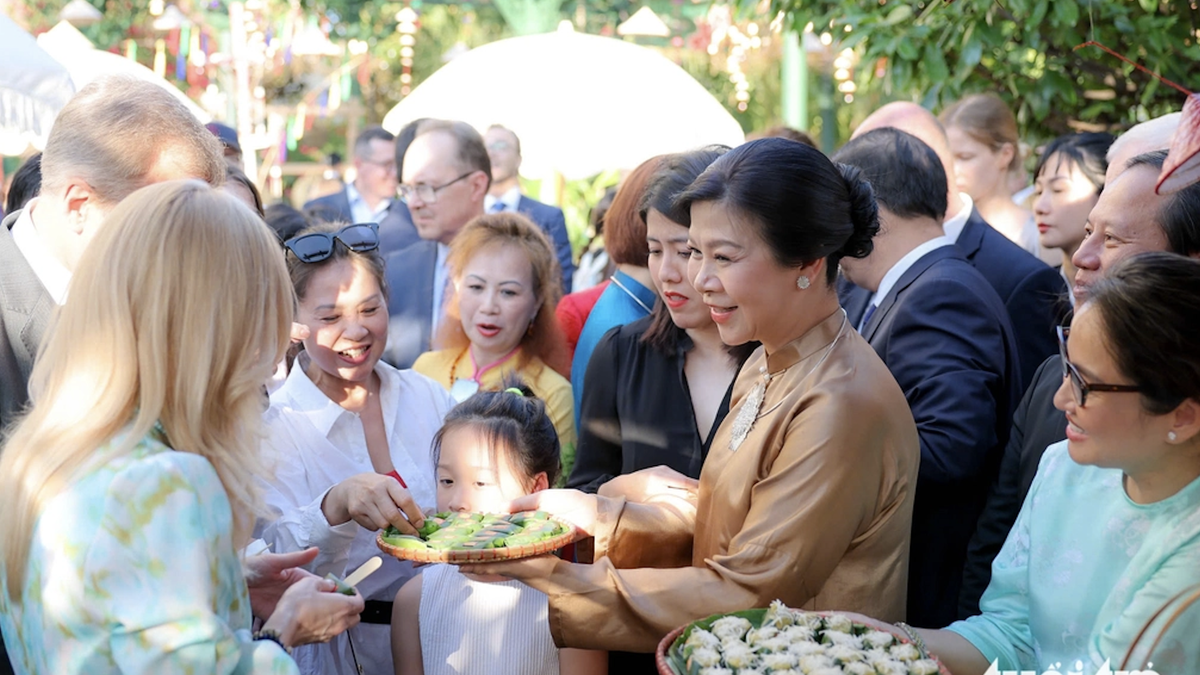


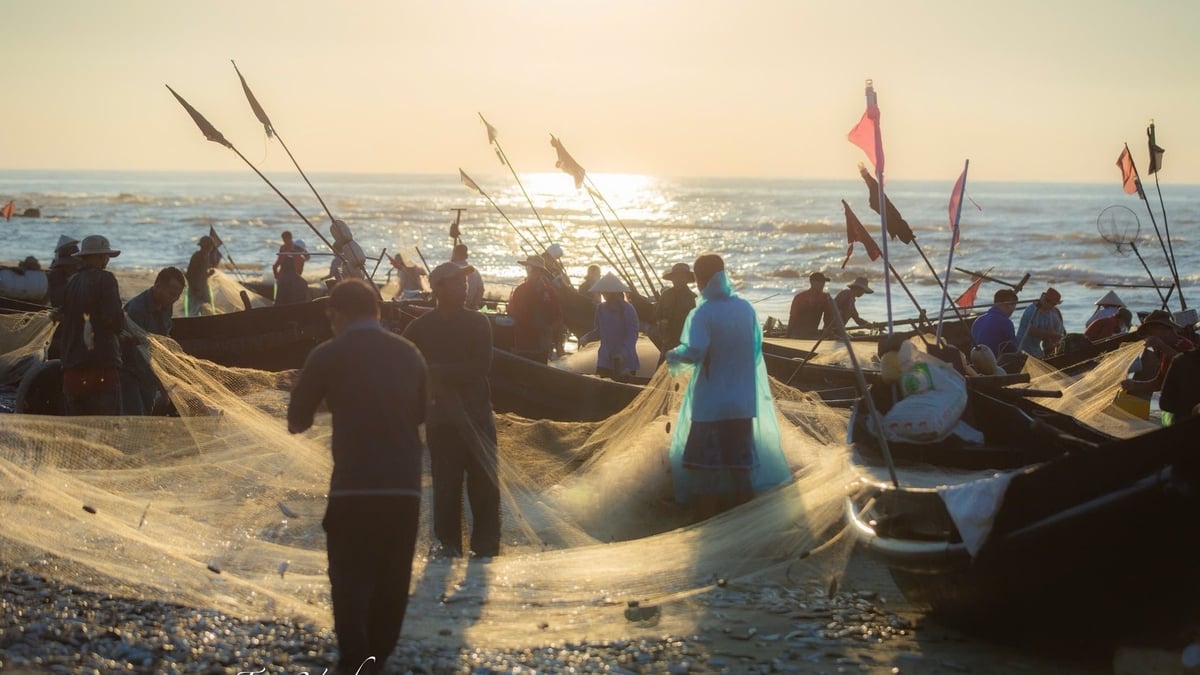
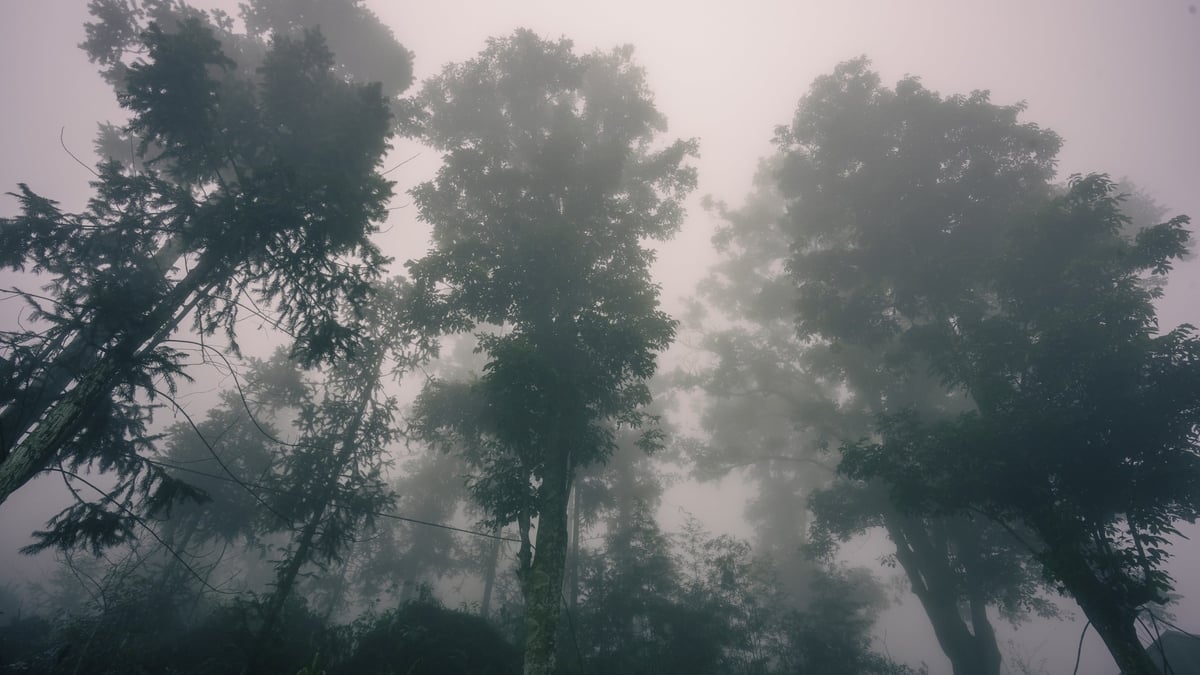

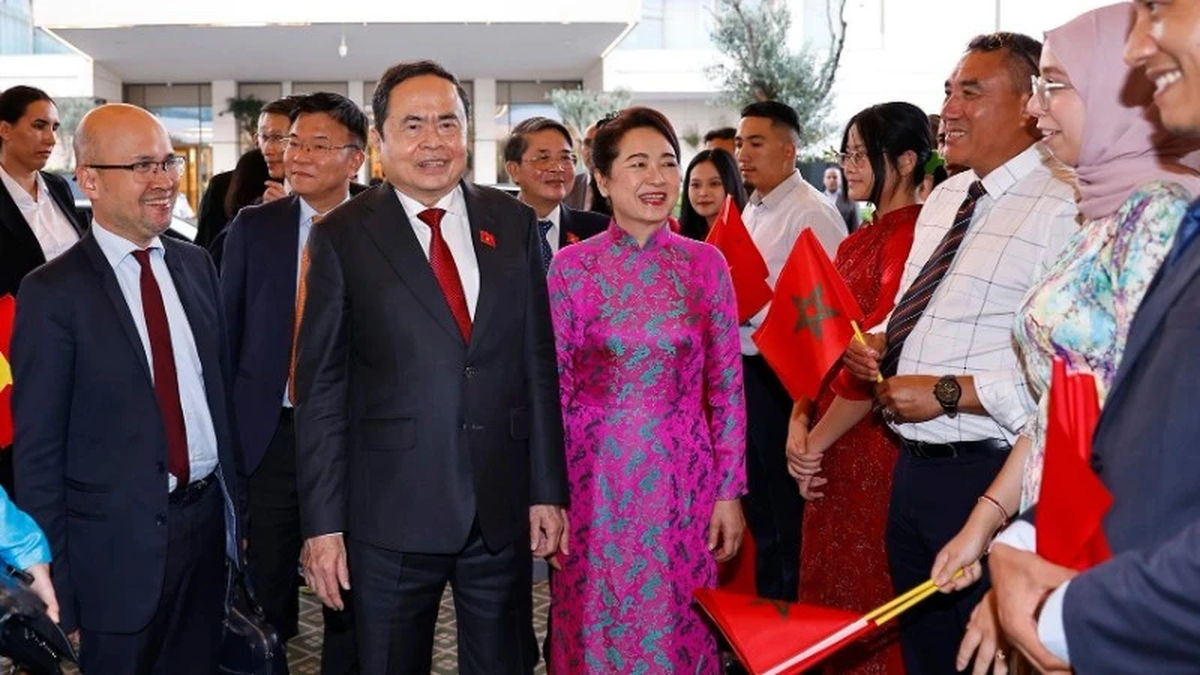
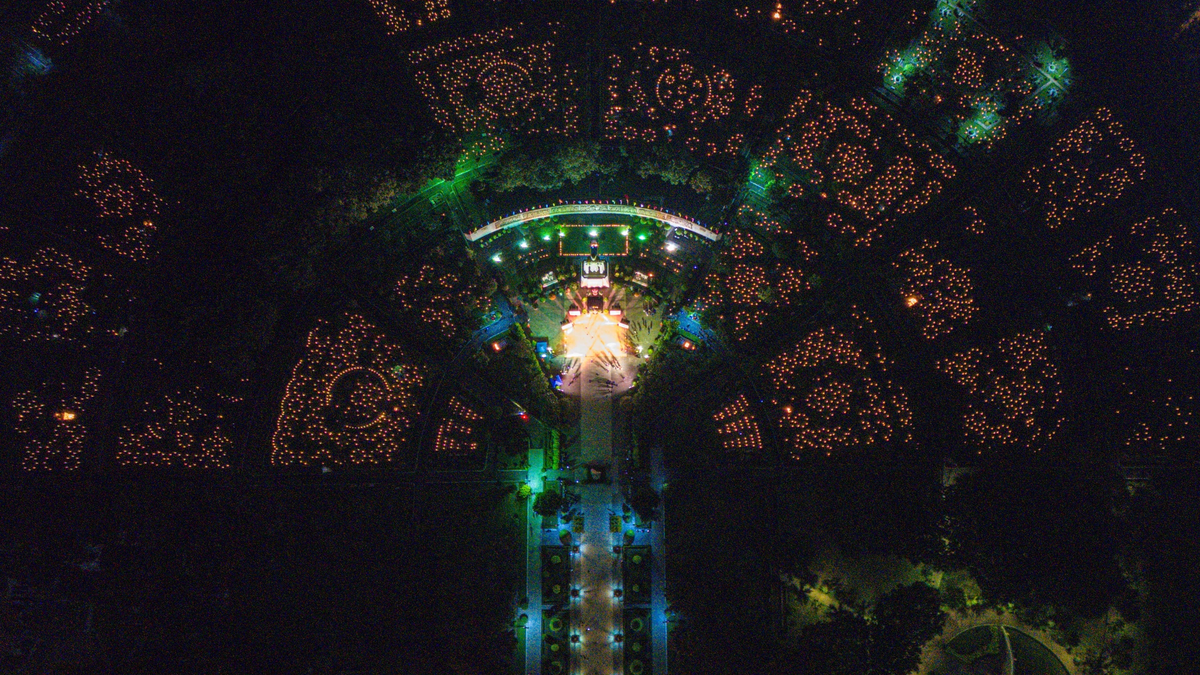
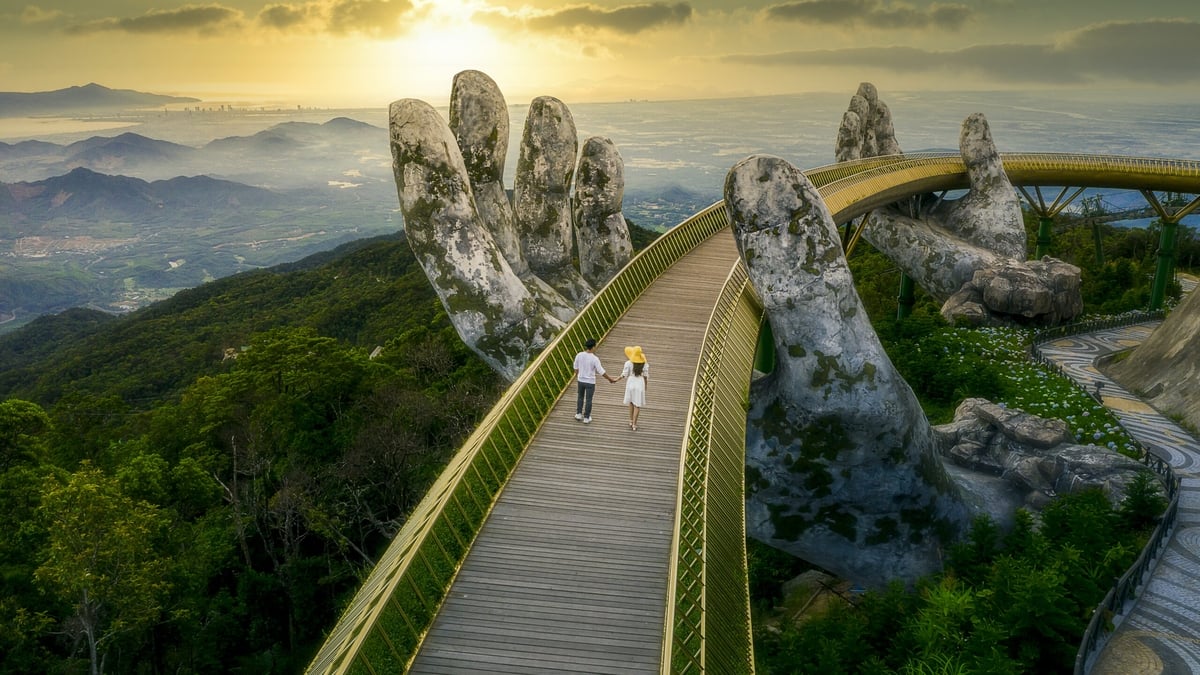
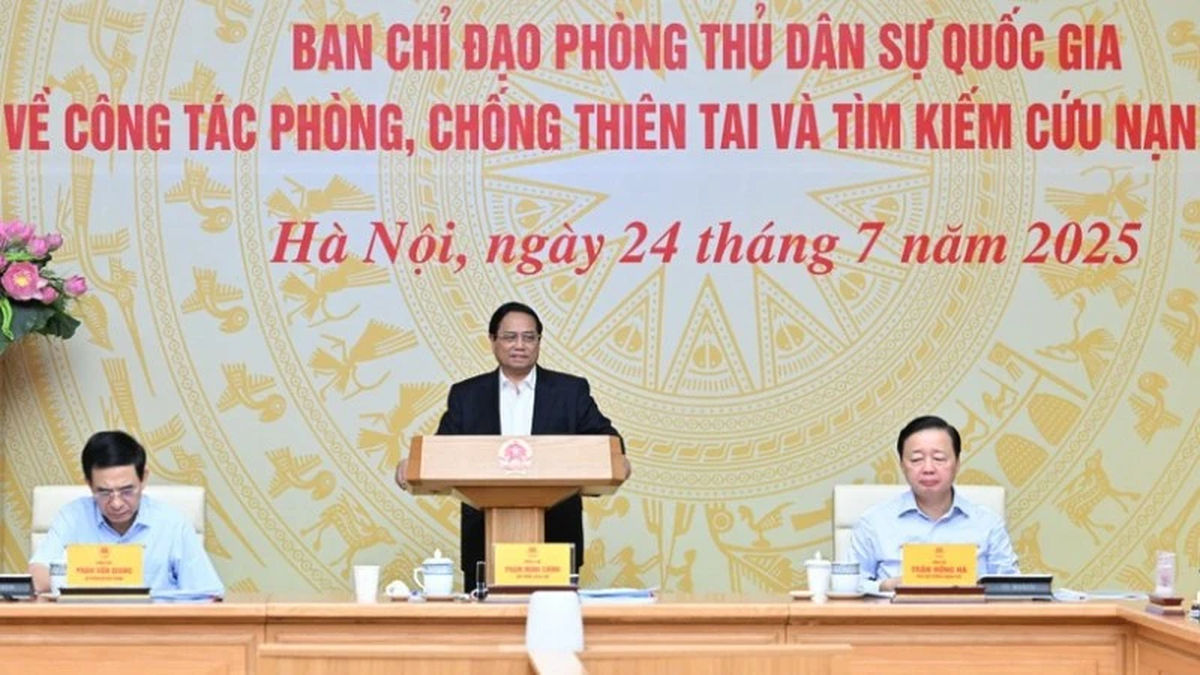



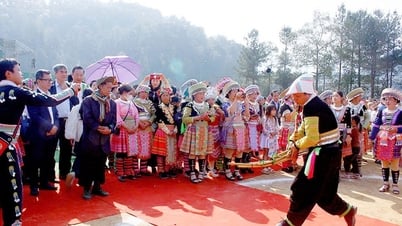



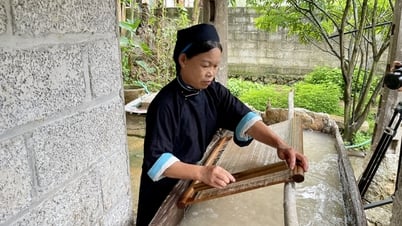

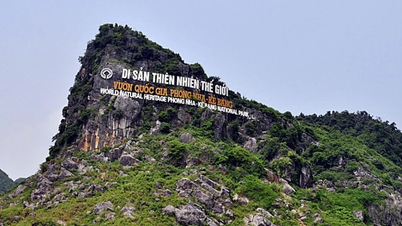



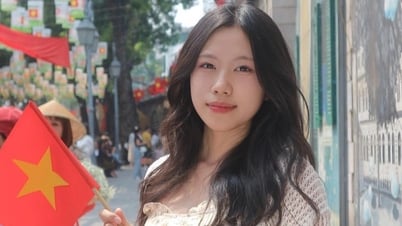

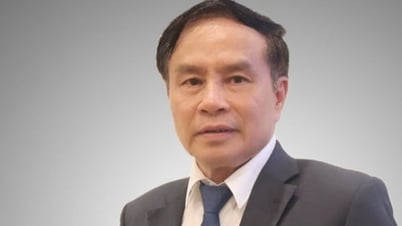

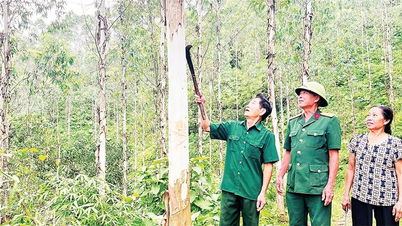



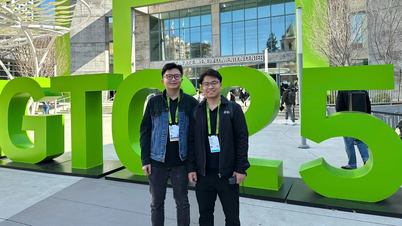



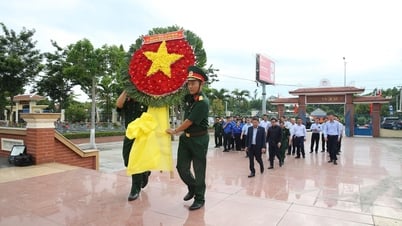










![[Photo] National Assembly Chairman Tran Thanh Man receives Chairman of Morocco-Vietnam Friendship Association](https://vphoto.vietnam.vn/thumb/402x226/vietnam/resource/IMAGE/2025/7/26/b5fb486562044db9a5e95efb6dc6a263)


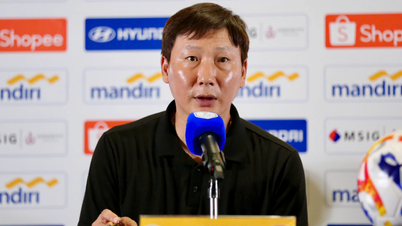
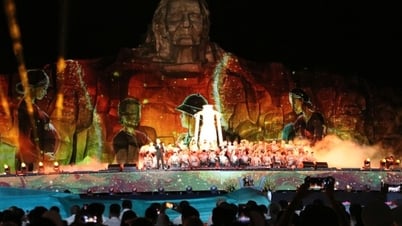

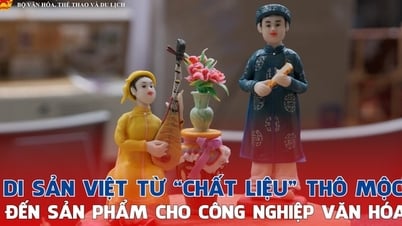
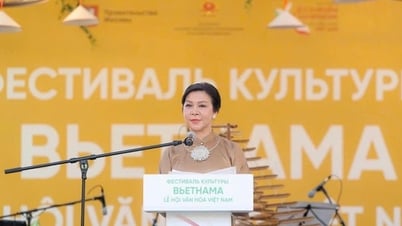
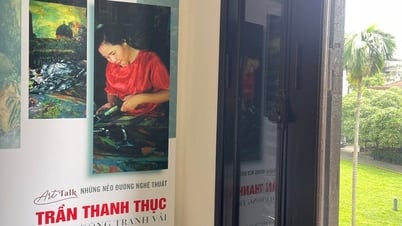
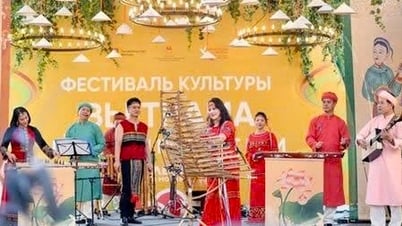
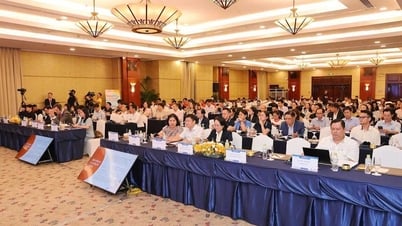




















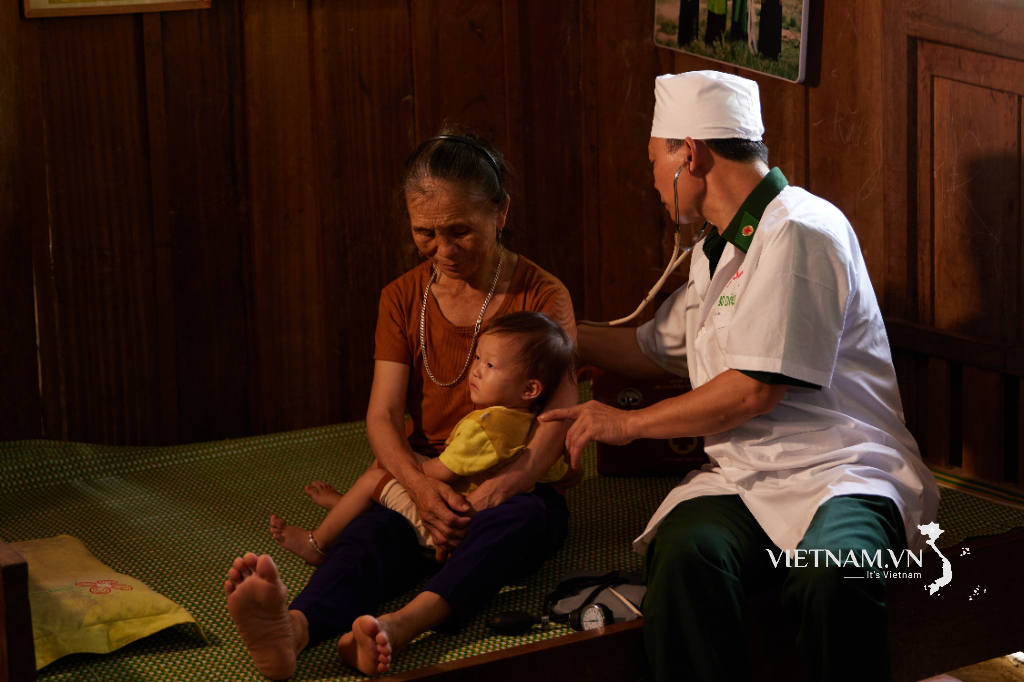
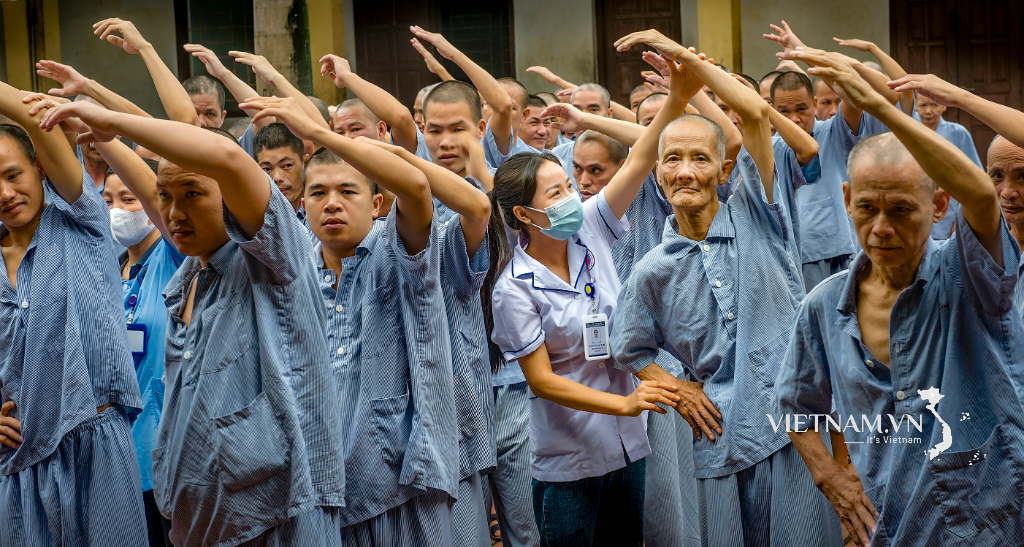
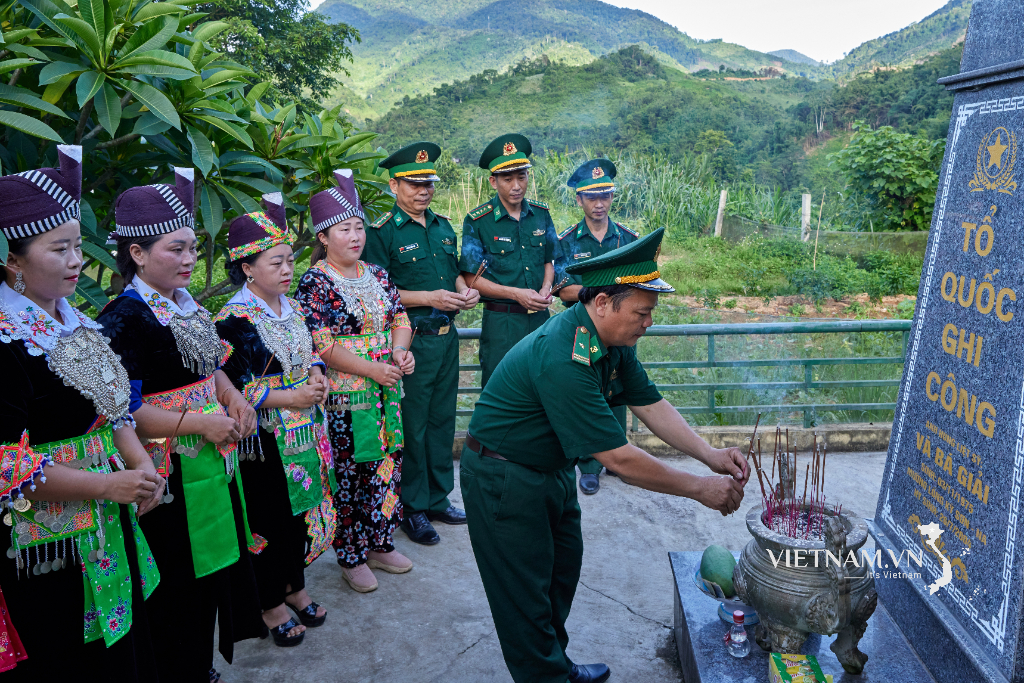
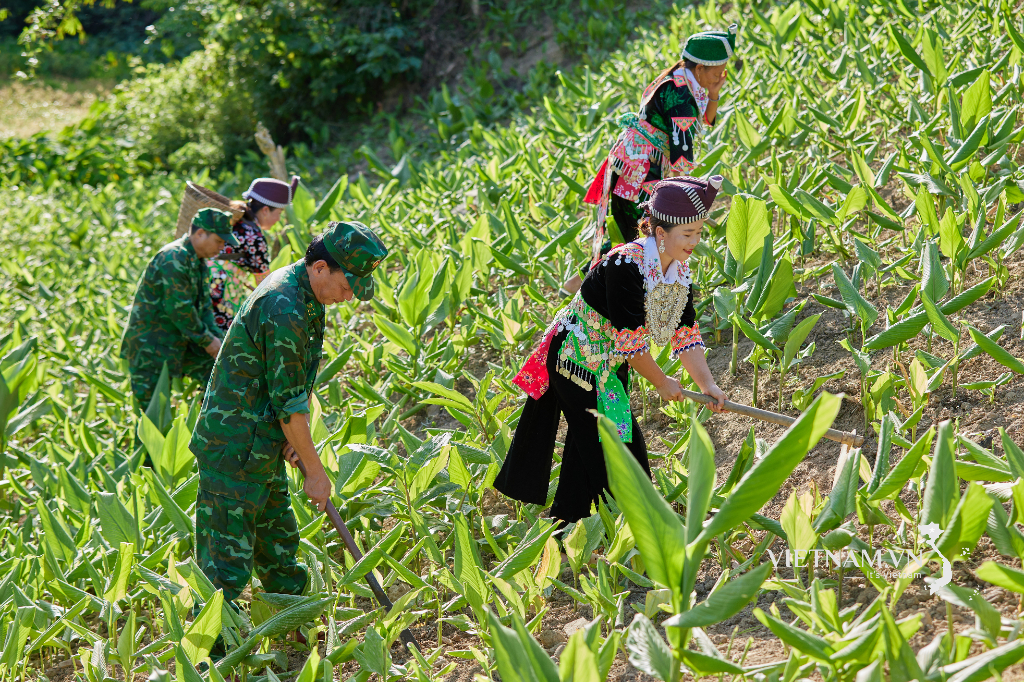
Comment (0)